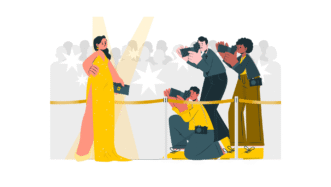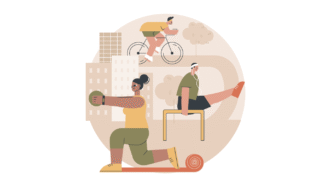LESSON OVERVIEW
In this lesson, students watch a video about Taiwan and practise vocabulary related to nature and free time activities.
VOCABULARY
At the beginning of the lesson students discuss questions about spending time outdoors. They also read a short glossary which includes the words indoors, outdoors. Then, students complete pairs of words to create free time activities (e.g. hiking, skiing, gardening, barbecuing). The activities in each pair need the same two letters. Students also need to decide which of the activities are the most popular in their country, the most dangerous, the least expensive and their favourite. After that, they look at two photos, one of a river and a waterfall, and the other one of some islands and a beach. They do three tasks related to the photos. They need to say which of the listed words are in them (e.g. coast, ocean, desert), name other things in the photos, and say which free time activities would be the best to do in these places.
VIDEO & DISCUSSION
Before watching the video about Taiwan outdoor activities, students discuss what they know about the country and do a short quiz about it. Then, they watch the video for the first time and tick the places that the man in the video sees (e.g. cave, waterfall). Next, students try to match what the man says with the places where he says it. They watch the video to check their answers. After the video, students discuss some questions about Taiwan and best free time activities to do there. They also compare their country’s nature to Taiwan’s. Finally, students do a speaking task in which they need to choose the best outdoor activities (e.g. hiking in the desert, horse riding along the coast) for different groups of people (e.g. a group of teenagers, a group of seventy-year-olds).
Subscribe to unlock these and many other Standalone lesson with the Premium planWORKSHEETS














Hi ESL folks! Indeed a great lesson overall, however, please do correct task 3c) “c) Say which of the outdoor activities in the box would be the best do in these places and why.” – the best to do/best done Cheers!
Thank you for spotting that! We’ve added the missing ‘to’.
Thank you for taking the time to do this!
It’s our pleasure. I’m glad you like the lesson 🙂
Great lesson, thank you 🙂
Thanks, Katarina!